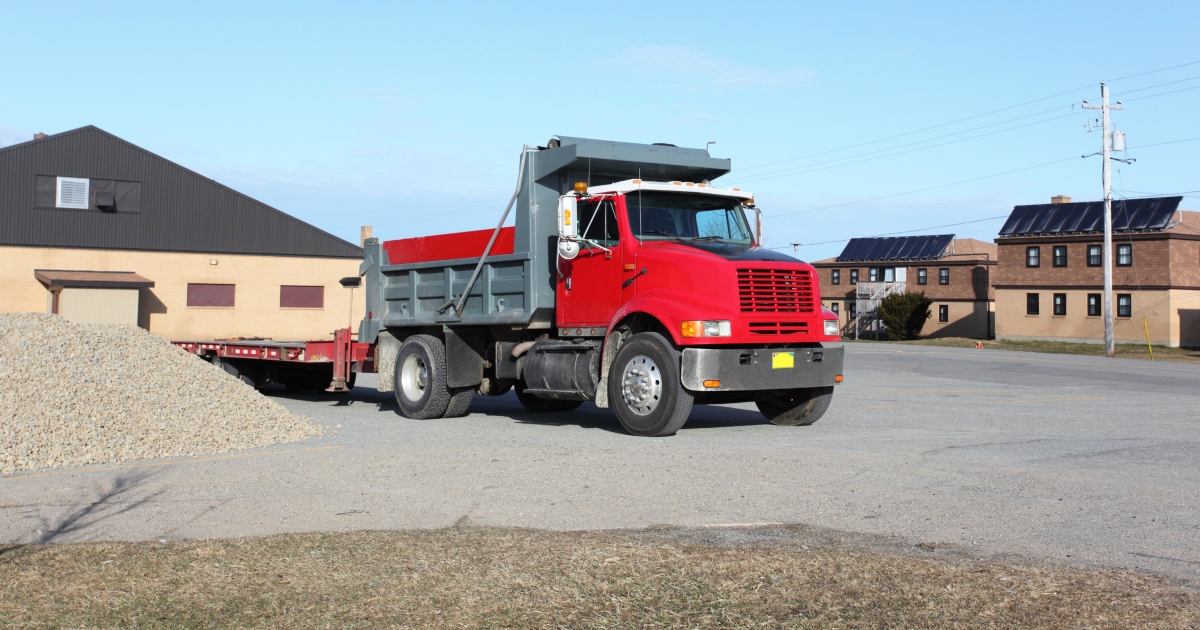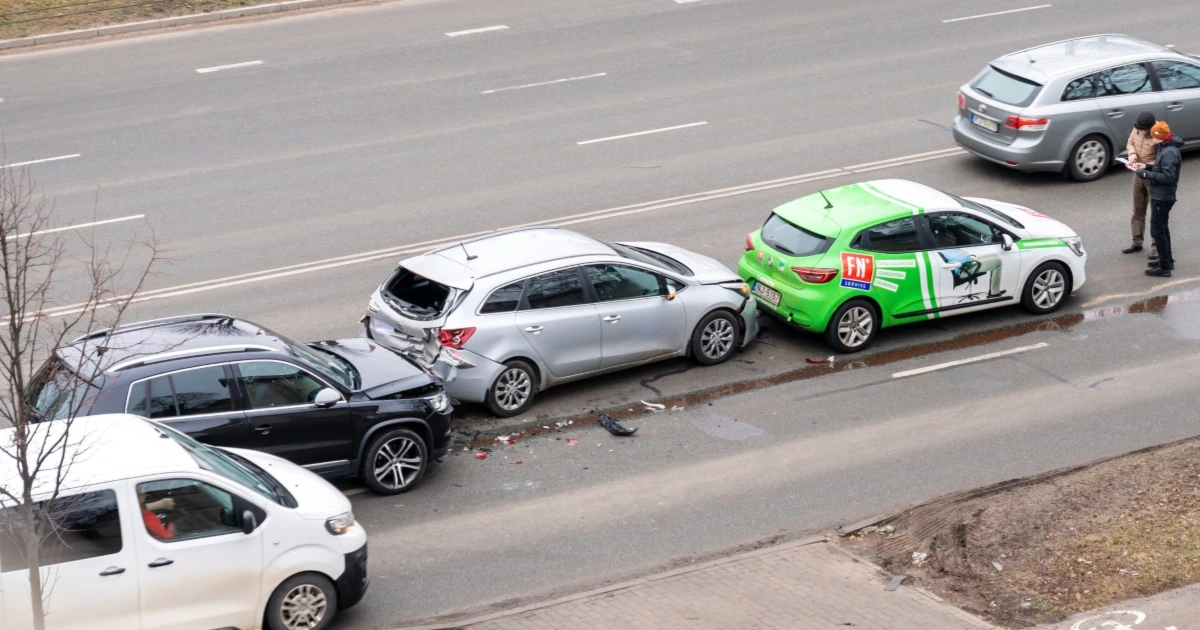How Ohio Right-of-Way Laws May Affect Car Crash Claims

Many auto accidents are the result of one driver failing to yield the right of way to another. These crashes can result in serious injuries, particularly if one or both vehicles involved were traveling at high speed.
Sometimes there are disputes about who had the right of way in a crash, which can make it more difficult to assign fault for damages caused by the crash.
Below, our Cleveland auto accident attorneys review Ohio right-of-way laws that may factor into car crash claims. If you are unsure if you can seek compensation for a crash caused by a violation of right-of-way laws, give us a call today. We can discuss your situation in a free consultation.
Crashes Involving Right-of-Way Infractions
There are numerous examples of car crashes that occur because one driver violated another’s right of way. For example, crashes often occur when one driver has a stop sign but another does not, and the driver who has a stop sign runs the stop sign.
If a pedestrian is in a crosswalk, and oncoming traffic has a red light, the pedestrian has the right of way. If a driver crashes into a pedestrian in a crosswalk when the driver has a red light, the driver is likely to be found liable for the crash.
Drivers are also required to yield the right of way to the driver on the right at a four-way stop.
Right-of-way laws also govern drivers’ actions when turning. If you are at a red light, you can turn right if traffic is clear and you will not be putting other drivers in danger. Oncoming traffic has the right of way, which means you must yield to those drivers when trying to turn right on a red light.
If you were injured in a crash involving a driver who violated right-of-way laws, we may be able to assist you. Contact us to learn more about the benefits of working with an attorney.
Ohio Right-of-Way Rules
Ohio Revised Code 4511.41(A) says the driver on the left must yield to the driver on the right if both cars reach an intersection at about the same time. Failing to do this is a minor misdemeanor.
Ohio Revised Code 4511.43(A) covers right-of-way rules at through highways, stop signs and yield signs. The law says, after stopping at a stop sign, drivers must yield the right-of-way to any vehicle in the intersection or approaching from another road in a way that constitutes an immediate hazard.
Ohio Revised Code 4511.43(B) says you must slow down to a speed that is reasonable for existing conditions when approaching a yield sign. If you need to stop for safety reasons you should do so. Make sure to stop at the clearly marked stop line, before entering the crosswalk or the point that is nearest to the intersecting road where you have a view of approaching traffic.
Once you slow down or stop, you should treat the situation as if you have a stop sign. Yield to any approaching vehicles that are in the intersection or so close that they are an immediate hazard. If a driver goes past a yield sign without coming to a stop, and a crash happens, that driver would likely be at fault for failure to yield the right of way.
Other right of way rules in Ohio include:
- Yield to oncoming traffic if you are turning left
- Yield to oncoming traffic if you are turning right on a red light
- Yield to pedestrians, whether they are in a marked or unmarked crosswalk
- Treat intersections with broken traffic signals like you would a four-way stop
- Yield to people who have guide dogs or are walking with a white cane
- Yield to jaywalking pedestrians
- Drivers going over a through street or highway have absolute right of way over vehicles at an intersecting street
- Stopping when flagged down by a police officer
Proving a Right-of-Way Infraction
The police report may indicate whether one driver violated the other’s right of way. The police officer may have issued a citation to one of the drivers involved in the crash. However, even the police sometimes get it wrong. Call Friedman, Domiano & Smith to get a free consultation from our experienced attorneys.
Sometimes damage to the vehicles involved can be used to deduce who had the right of way and who did not. For example, if one driver ran a red light and got hit by a car driving across the first car’s path, the damage may indicate one driver clearly did not have the right of way or was being negligent.
There may be dash cam footage or security camera footage of the crash. The footage may show how one driver had the right of way and the other did not.
Witness statements could also indicate who had the right of way. However, these statements will likely need to be accompanied by other evidence to build a strong case.
Injured by a Negligent Driver? Give Us a Call Today
For decades, our firm has been fighting for those injured in motor vehicle crashes. We have secured significant compensation for our clients in a wide variety of cases, including cases involving catastrophic injuries.
You can contact us to schedule a free legal consultation and learn more about how we may be able to assist you throughout the legal process. There are no upfront fees, and our goal is to secure full compensation for your damages.
You do not need to go through the legal process alone, particularly when the insurance company is working against you.
Call Friedman, Domiano and Smith today. Phone: 216-621-0070.
Comments are now closed




Comments